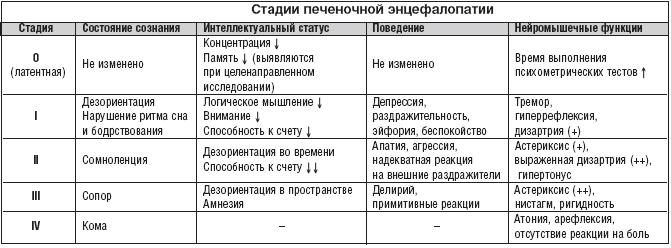Treatment of brain abscess

Brain abscess is a process in which accumulation of pus occurs in the human skull. Treatment of cerebral abscess can be carried out in two ways: conservatively or surgically. The choice of method, mainly, depends on the degree of development of the abscess itself, the size and location of the localization.
During the encephalitic stage of the process, when the disease developed only for two weeks, and also if the abscess is small( up to three centimeters in diameter), then a conservative method of treatment is used. Conservative treatment is based on empirical antibiotic therapy. Sometimes, if possible, a stereotactic biopsy is performed to finally confirm the diagnosis and identify the pathogen.
Those abscesses that cause brain dislocation, increased pressure inside the skull, as well as those that are localized in the ventricular zone, must be treated with surgical intervention of the surgeon. This is due to the fact that getting pus in this system, in most cases, ends with the death of the patient. If the brain abscess is caused by a trauma or it is located in a foreign body, surgical intervention is also necessary, since conservative treatment is not effective. Fungal abscesses are also an indication to the method of treatment by surgical method.
There are contraindications for the use of a surgical method of treatment. This method is not applicable if the abscess is located in important for life and deep structures of the brain. Such zones are the brain stem, visual hillock and subcortical nuclei. In this case, a stereotaxic method of treatment is carried out. This method is concluded in the puncture of brain abscess, its emptying and further rinsing of the cavity. Then, an antibacterial drug is administered.
If there are somatic diseases, the surgical treatment of the abscess is entirely possible, since stereotactic surgery is not necessarily performed under full anesthesia.
It is absolutely contraindicated to perform surgical operations for the treatment of abscess in those people who have a very serious condition, for example, terminal coma. This is due to the fact that in this case, any surgical intervention to the patient is contraindicated.
Treatment with medical products
Carrying out empirical antibiotic therapy, the doctor sets a goal - to cover the maximum possible number of pathogens.
If the abscess occurs after a traumatic brain injury or neurosurgeon's intervention, the treatment algorithm usually includes the following drugs:
- vancomycin( the adult dose is one grams twice a day intravenously, the children are administered three times a day for 15 mg/ Kg);
- cephalosporins of the third generation( ceftriaxone, cefotaxime, cefixime);
- metronidazole( adult dose: 30 mg per kilogram of weight per day for two to four injections, children are administered three times a day, the dose is 10 mg / kg).
If the abscess is posttraumatic, then metronidazole should be replaced with rifampicin.
If the patient has an immunodeficiency state( other than HIV), then the causative agents of the abscess are usually certain types of fungi. Therefore, in such cases, patients are prescribed amphoreticin or liposomal amphoreticin. If the abscess disappears according to the results of the neuroimaging study, the patient is prescribed fluconazole for ten weeks. Further, the dose is reduced by half, but is left as a supporting agent.
In patients with HIV, the treatment includes a drug such as sulfadiazine with pyrimethamine.
After the pathogen is isolated from the inoculation, the treatment is changed according to the antibioticogram. If the crop was sterile, then empirical antibiotic therapy continues. Continue it in intensive mode for 6 weeks. After that, it is recommended to change antibiotics and continue treatment for another 6 weeks.
Surgical intervention
The main methods of treatment include simple drainage and supply-and-extract. Drainage must necessarily be combined with antibiotic therapy.



